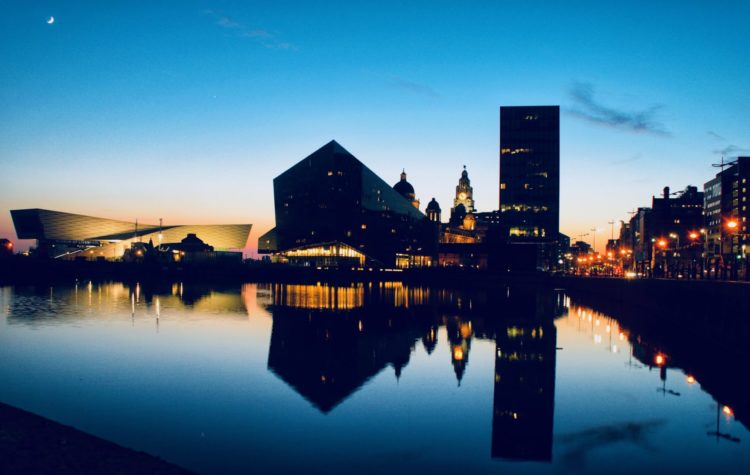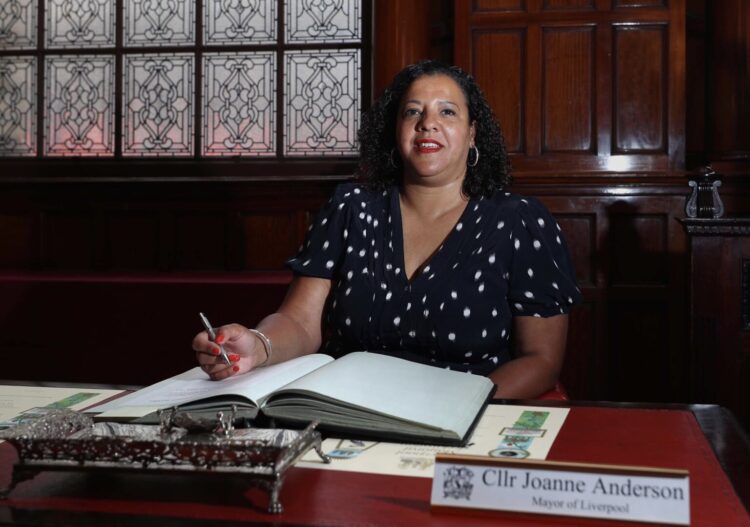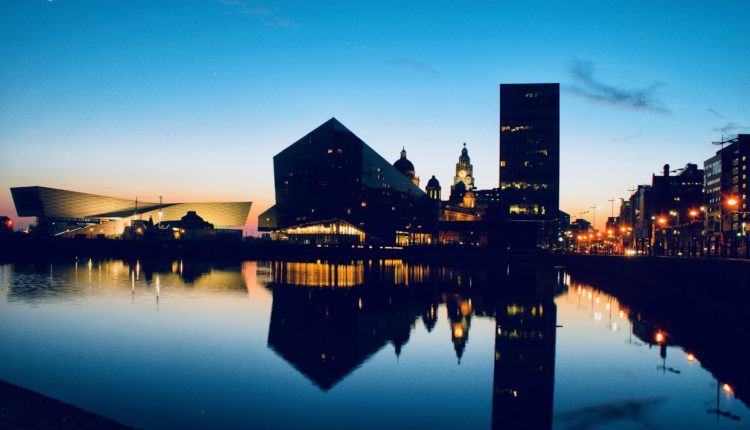Mayor of Liverpool Joanne Anderson says the loss of World Heritage Status would be ‘unfair’ but business leader Frank McKenna says its removal would be ‘great news’ for the city. Tony McDonough reports

Global body UNESCO has confirmed it is now ready to strike Liverpool off its list of World Heritage sites.
This is despite a new report published by Liverpool City Council which outlines how £700m has been invested in upgrading 119 heritage assets in the past few years with a further £800m to be invested in 40 assets over the next five years.
In a move first revealed by LBN last week, senior UNESCO officials will meet in China on July 16 where they will discuss the ‘state of conservation’ of 53 locations on the ‘List of World Heritage in Danger’. It is being recommended that Liverpool be stripped of the accolade.
In a new report published on its website late on Monday afternoon, UNESCO said Liverpool had failed to comply with “repeated requests” to protect the heritage assets in the city’s northern docklands and recommended the city’s deletion from the list of World Heritage sites.
Liverpool received its World Heritage Status (WHS) in 2004 in recognition of its status as a ‘Maritime Mercantile City’ and how it became one of the world major hubs of trade in the 18th and 19 centuries.
However, in 2012 Liverpool was placed on the danger list due to new developments on the city’s waterfront. In particular, UNESCO was unhappy with the height of some of the proposed residential and commercial buildings included in Peel L&P’s 30-year £5bn Liverpool Waters project.
WHS covers Liverpool’s world famous waterfront vista, including the Pier Head and its Three Graces and much of the city centre. It doesn’t technically cover the northern docklands, owned by Peel Group, but the area is part of a so-called buffer zone.
However, UNESCO, which oversees 1,121 World Heritage Sites around the globe, regards this distinction as semantic and seeks to preserve the integrity of the buffer zone with the same zeal as the principle WHS site.
Both Peel L&P and Liverpool City Council attempted to placate the United Nations body by modifying the Liverpool Waters project. But the stand-off has come to a head following approval of Everton’s FC’s £500m stadium at Bramley Moore Dock, a development UNESCO considers “completely unacceptable”.
Read UNESCO’s full report here
The UNESCO report says it “regrets that the process for the implementation of the Liverpool Waters project and other large-scale infrastructure projects in the waterfront and northern dock area of the property and its buffer zone has resulted in serious deterioration and irreversible loss of attributes”.
It goes on to says that “further projects, such as the approved new football stadium in Bramley Moore Dock within the property, add to the ascertained threat of further deterioration”.
Although UNESCO has been threatening to remove Liverpool’s WHS badge for a number of years, the stand-off is finally coming to a head. The move has divided opinion in the city with some mortified at the idea of losing WHS while others claiming it stifles development and investment and is more trouble than it is worth.
On Saturday, in a letter to The Times newspaper, a number of high profile Liverpool figures issued a plea to UNESCO to reconsider its proposal to take away WHS and instead visit the city and see the work that has been done.
Signatories included former Minister for Merseyside, Lord Heseltine, Liverpool Mayor Joanne Anderson, city region Metro Mayor Steve Rotheram, Liverpool Chamber of Commerce chief executive Paul Cherpeau, the Bishop of Liverpool and the chief executives of Liverpool and Everton football clubs.



Asking for a deferral of the decision, the letter said: “Liverpool, which is under new political leadership, has made huge strides to invest in – and improve – its World Heritage site. It is in a far superior state than when the status was granted in 2004 – and this work demands a fresh appraisal.”
Metro Mayor Steve Rotheram also issued a statement this evening. Describing UNESCO’s move to delete as “deeply disappointing”, he said: “Places like Liverpool should not be faced with the binary choice between maintaining heritage status or regenerating left behind communities – and the wealth of jobs and opportunities that come with it.
“I will continue to work with the new Mayor of Liverpool and the city council and I am confident that our city will remain a vibrant and attractive cultural destination – as we rebuild from the pandemic – and will continue to welcome millions of people to our city and wider city region.”
However, there is significant scepticism among members of Liverpool’s business community over the efforts to retain WHS. Frank McKenna, chief executive of local private sector lobby group, Downtown in Business described it as a “useless vanity badge”.
In a video message posted on Twitter on Monday, he described the impending removal of WHS as “great news”, adding: “UNESCO is a bunch of faceless bureaucrats most of home have never visited the city. They think Everton’s new stadium is a bad idea.
“They think regenerating Liverpool, creating jobs and improving our economy is actually bad for for the city… some people are pleading that UNESCO continue to have a say on future developments in Liverpool. I have confidence in our elected officials to protect our heritage.”
The new document published by the city council on the effort to protect Liverpool’s heritage assets says the investment includes the refurbishment of 59 listed buildings across the city.
Liverpool’s elected Mayor Joanne Anderson said: “This document is a timely reminder of why Liverpool is a World Heritage City. We will be sending the report to the committee members and I hope it will make them think twice about removing Liverpool from its list of World Heritage Sites.
“We want to engage with the committee members and invite them to fully appraise all that has been achieved since the committee last met in 2019, and to review all that the council is seeking to achieve in the next 12 months.
“Key to this progress is Liverpool’s new Local Plan which is set to be adopted this autumn. This is a 15-year masterplan, which has been delayed due to COVID-19, and will include many issues that are central to the future of our World Heritage site.
“In this plan there is a new Tall buildings policy and new planning frameworks for the commercial district, Baltic Triangle, Williamson Square and Upper Central area of the city centre – all of which fall within the World Heritage site and its buffer zone.
“We think deletion would be hugely unfair given all this body of work has not yet been assessed by the committee members and we need them to see Bramley Moore Dock with their own eyes – physically or virtually.”

